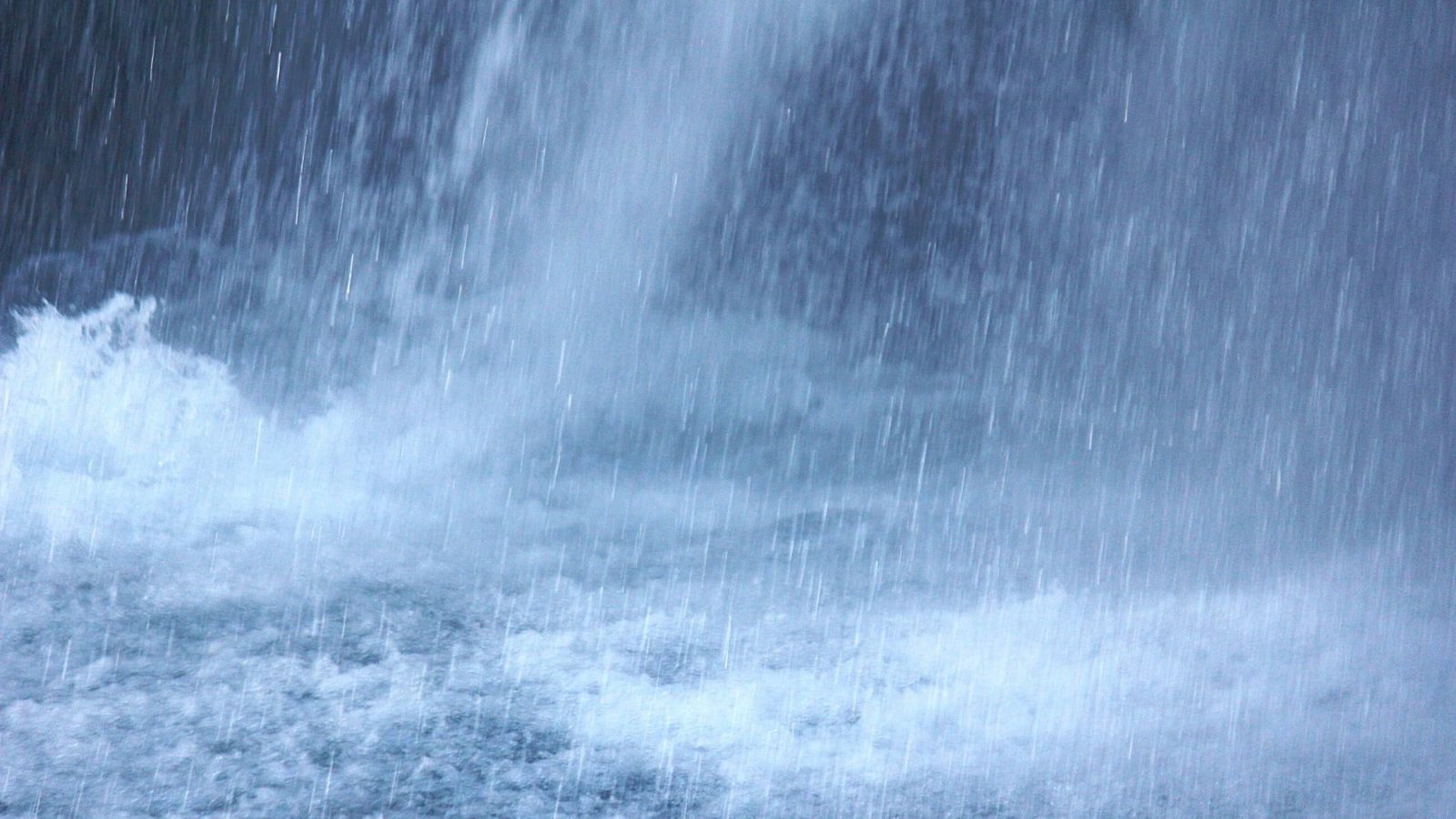Joshua Studholme was finishing his doctoral program in physics at Lomonosov Moscow State University when his thesis advisor told him a story about Queen Victoria, the monarch who ruled the British Empire for the better part of the 19th century. The queen was walking the grounds at one of her palaces, accompanied by a science advisor, when she noticed that it was raining heavily in one corner of her garden but not at all in another corner. She wondered why that was. “Ever since then, imperial meteorologists have been trying to figure out why extreme rainfall can vary so much,” said Studholme, who is now an academic at Yale University. “It’s only really now that we’re getting the technology to answer that question.”
Earlier this month, Studholme and three colleagues at Yale published a study that seeks to finetune our understanding of extreme rainfall, now and in the future. They, and other researchers, suspect that the trick to accurately pinpointing the magnitude and frequency of extreme rainfall doesn’t just come down to measuring and tracking rain; it also hinges on the way researchers model climate change.
Climate scientists have long known that global warming increases rainfall, since a hotter atmosphere holds more water vapor. But when the remnants of Hurricane Ida swept into the Northeast in the summer of 2021, they brought the kind of catastrophic rain event experts had predicted would typically occur later this century. Studholme’s study sought to investigate why Ida, and the many other record-breaking rain events that occurred last year across the globe in Europe, China, and other places, seemed to happen ahead of schedule. The question that guided his study wasn’t all that different from Queen Victoria’s query to her science advisor: Why is it raining where it’s raining, and why is it raining so hard in certain places? Luckily in the 21st century we have the know-how — decades of precipitation data and many different types of climate models that can help us predict what the future will look like — to start narrowing down the answers to those questions.
A climate model is a set of mathematical equations that quantify the earth system processes that occur on land, in the atmosphere, and in the ocean, and the external factors, such as greenhouse gases, that affect them. Scientists around the world use dozens of different kinds of models that can be regional or global, fine-grained or coarse, primitive or advanced.
Studholme’s study used climate models to predict how much extreme rain the world will get in the future. But unlike previous studies that averaged all of the available climate models in order to figure out how much rain the planet will get in coming decades, Studholme decided to only use the group of models that predict that climate change will result in an increase in something called precipitation efficiency — how much of a falling raindrop reevaporates into the atmosphere before it hits Earth’s surface. He excluded the models that forecast a decrease, since scientific observations over the past two decades indicate that climate change is leading to an increase in precipitation efficiency. “Sometimes taking the average is a bad idea,” Studholme said. “If you were leaving New York and you wanted to go to Mexico and someone in the back seat said, ‘You’ve got to go South,’ and then another guy goes, ‘You’ve got to go North,’ and you split the difference, you end up in Los Angeles which is not where you wanted to go.”
By focusing on the group of climate models that most realistically simulate the actual physics of raindrops, Studholme’s study found that the average climate model likely underestimates how extreme precipitation will change in response to global warming. It’s possible that there will be a twofold increase in the volume of extreme rainfall in the 21st century compared to what previous studies estimate, he said, which would help explain why the globe is already seeing such intense and unprecedented rainstorms. “So a very significant increase in how much rainfall the atmosphere dumps out on the land every day at its most extreme,” Studholme said.
Chad Thackeray, a climate researcher at the University of California, Los Angeles, who was not involved in Studholme’s study, said the research was “super interesting and useful” because it identifies relatively small tweaks that climate modelers can make to improve their simulations. In other words, we’re getting closer to successfully using climate models to understand how rain works and how climate change is influencing it.
Thackeray published his own study in April that looks at a related piece of the rain puzzle: how frequent intense rain will become as climate change accelerates. In order to obtain his results, Thackeray also had to weed through climate models to find the simulations that most accurately showed how warming is already influencing precipitation. He found that extreme rainfall will occur about 30 percent more often by the end of the century, compared to how often it happens right now, under a medium-emissions scenario — if humans reduce greenhouse gas emissions to some extent instead of continuing on business as usual.
“There’s a lot of work that’s trying to untangle why climate models developed around the world will give slightly different answers to a question,” Thackeray said. “There’s been a lot of progress in recent decades, but once you get to highly impactful, extreme events that are very rare, we find that there’s still significant uncertainty.” Studholme and Thackeray’s studies get us a couple of steps closer to clearing up that uncertainty. And they both point to the unfortunate reality that rain is going to get more extreme as the planet warms.
The good news is that there are solutions that governments can invest in to protect citizens from flooding, starting right now. Two things lawmakers can do to help people prepare for extreme rainfall is fund initiatives that harden home infrastructure, such as rooftops, and improve drainage systems so that water has somewhere to go instead of pooling when it hits the ground. Though much of the United States is unprepared for extreme flooding events and other climate-related disasters, states are beginning to think seriously about how to become more resilient. And the federal government has been freeing up money for those efforts. The bipartisan infrastructure bill passed by Congress last year allocates funding to states to harden transportation infrastructure against climate change, create loan funds for resilience projects, upgrade old sewer systems, and more.
“That’s the silver lining,” Studholme said. “We already have the technology to do this.”



